Innovative Material Handling Solutions for Efficient Warehouse Management
The landscape of warehouse management is evolving rapidly, necessitating the adoption of innovative material handling solutions to enhance efficiency and productivity. According to a report by Research and Markets, the global material handling equipment market is projected to reach $210 billion by 2026, growing at a CAGR of 6.8% from 2021. This growth underscores the increasing importance of advanced technologies in streamlining operations, reducing labor costs, and improving inventory accuracy. Furthermore, a study from McKinsey highlighted that companies implementing automated material handling solutions could see a productivity increase of 40% or more. As industries strive to meet rising consumer demands while optimizing their supply chains, integrating digital technologies and strategic best practices in material handling will be vital for sustained success in modern warehouse management.
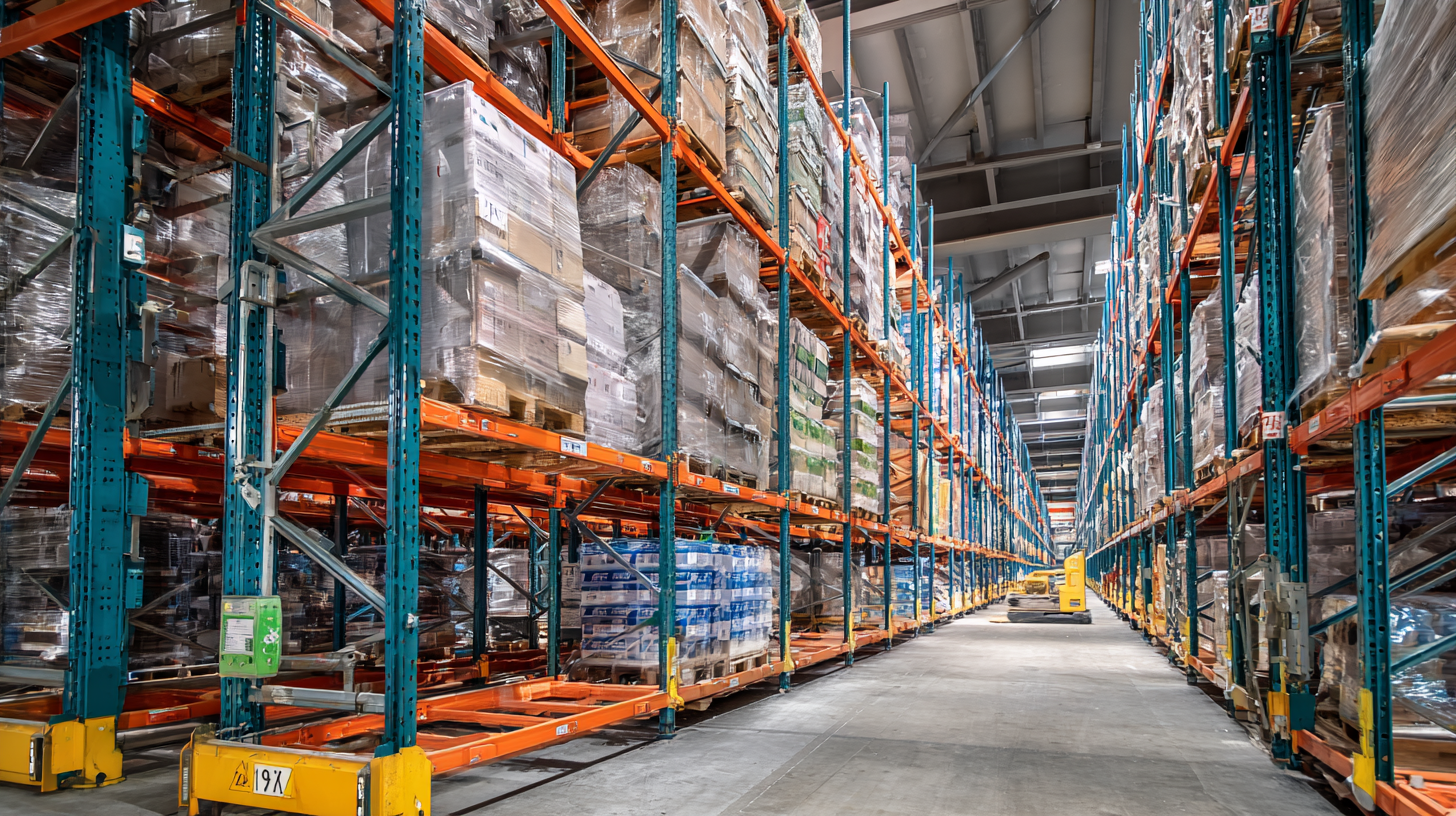
Innovative Technologies Shaping the Future of Material Handling in Warehouses
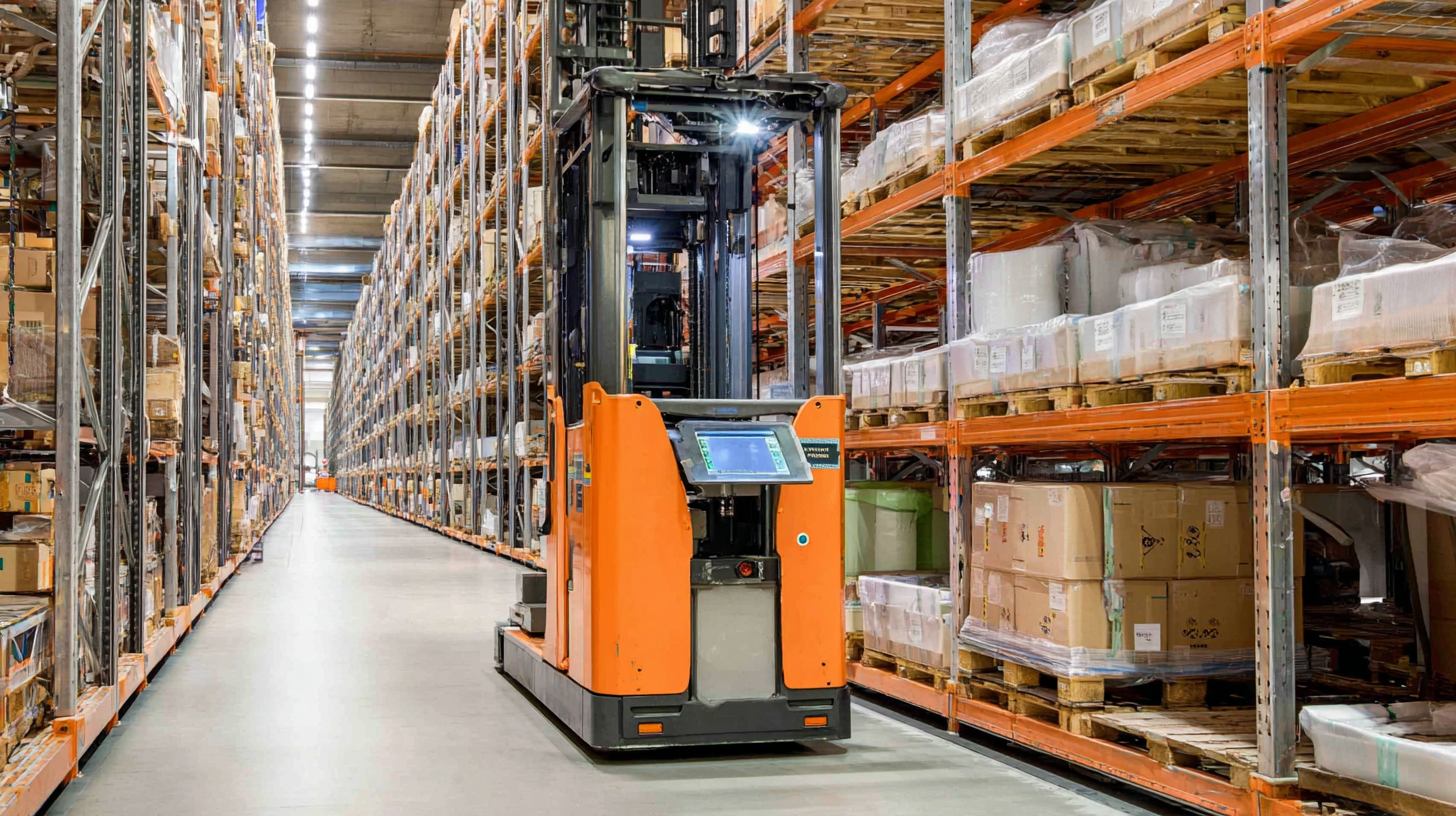 In the rapidly evolving landscape of warehouse management, innovative technologies are redefining material handling processes. Techniques such as automation, robotics, and artificial intelligence are making significant strides in enhancing operational efficiency. Automated storage and retrieval systems not only optimize space utilization but also streamline picking processes, leading to faster turnaround times. Additionally, the integration of AI-powered analytics enables real-time tracking of inventory, which minimizes errors and enhances decision-making capabilities.
In the rapidly evolving landscape of warehouse management, innovative technologies are redefining material handling processes. Techniques such as automation, robotics, and artificial intelligence are making significant strides in enhancing operational efficiency. Automated storage and retrieval systems not only optimize space utilization but also streamline picking processes, leading to faster turnaround times. Additionally, the integration of AI-powered analytics enables real-time tracking of inventory, which minimizes errors and enhances decision-making capabilities.
Tips: To leverage these technologies, warehouses should focus on training staff to adapt to automated systems. It’s essential to ensure that employees are comfortable using new tools and understand the benefits they bring. Regular workshops can help in building a knowledgeable workforce that embraces innovation.
Moreover, IoT (Internet of Things) devices are becoming increasingly prevalent in material handling. These smart devices provide valuable insights into equipment performance and inventory levels, allowing managers to proactively address issues before they escalate. Furthermore, incorporating augmented reality (AR) systems can enhance picking accuracy by guiding workers through complex warehouse layouts with visual overlays.
Tips: When implementing IoT solutions, ensure a robust cybersecurity framework is in place. Protecting sensitive data is crucial as warehouses become increasingly interconnected. Regularly updating software and conducting security audits can help mitigate potential risks.
Impact of Automation on Labor Efficiency in Warehouse Operations
The impact of automation on labor efficiency in warehouse operations is profound, reshaping traditional workflows and enhancing productivity. Automated systems streamline various processes, from inventory management to order fulfillment, allowing employees to focus on more complex tasks that require human intervention. This shift not only decreases the time spent on manual labor but also minimizes errors, promoting a smoother operational flow.
**Tips:** Consider implementing automated guided vehicles (AGVs) to facilitate the movement of goods. This technology can significantly reduce travel time for employees, allowing them to concentrate on value-added activities. Additionally, investing in a warehouse management system (WMS) can optimize inventory tracking and improve order accuracy, further elevating labor efficiency.
As automation integrates into warehouse management, training employees to work alongside these technologies is essential. Upskilling the workforce ensures that employees can effectively interact with automated systems, leading to greater overall productivity and job satisfaction. Embracing this technological evolution not only bolsters labor efficiency but also positions warehouses to meet the demands of an increasingly dynamic market.
Impact of Automation on Labor Efficiency in Warehouse Operations
Data-Driven Insights: Optimizing Warehouse Layout with AI and Analytics
Data-driven insights are revolutionizing warehouse management by leveraging artificial intelligence (AI) and analytics to optimize warehouse layouts. As the volume of goods handled in warehouses increases, traditional methods of organization often fall short in maximizing efficiency. By employing AI algorithms, warehouses can analyze patterns in inventory movement, identify bottlenecks, and determine the most efficient placement for products. This not only enhances the speed of operations but also reduces operational costs by minimizing unnecessary travel time for staff and equipment.
Moreover, advanced analytics can assist in forecasting demand and adjusting layouts accordingly. By integrating historical data with real-time metrics, warehouses can make informed decisions about stock placement, ensuring that high-demand items are easily accessible. AI-driven simulations can even visualize various layout scenarios, allowing managers to experiment with different configurations before implementation. This iterative approach ensures that the warehouse adapts to changing needs and improves overall performance, creating a more agile and responsive supply chain.

Sustainability Trends in Material Handling: Reducing Waste in Warehousing
In the realm of modern warehousing, sustainability has emerged as a fundamental trend, prompting businesses to rethink their material handling strategies. Reducing waste in warehousing not only aligns with environmental goals but also enhances operational efficiency. By adopting innovative practices such as automated inventory management systems and advanced sorting technologies, warehouses can significantly minimize excess materials and optimize space. These solutions facilitate a streamlined workflow that decreases the likelihood of overstocking and waste generation.
Moreover, companies are increasingly turning to eco-friendly materials for packaging and handling goods. Implementing recyclable and biodegradable alternatives helps in mitigating the environmental impact associated with traditional packaging methods. Additionally, the use of energy-efficient equipment reduces carbon footprints, contributing to a greener supply chain. Embracing these sustainability trends not only supports corporate responsibility but also resonates with environmentally conscious consumers, fostering loyalty and improving brand reputation in a competitive market.
The Role of Robotics in Enhancing Speed and Accuracy in Warehouse Management
The integration of robotics into warehouse management has transformed operations, enhancing both speed and accuracy. Autonomous drones are revolutionizing inventory management, allowing real-time tracking and streamlined processes. As the demand for automation intensifies, particularly due to reshoring trends, these innovations are critical in meeting consumer expectations for rapid delivery and efficiency.
Collaborations between robotics and software are reshaping warehouse workflows. For instance, partnerships that combine robotic technology with human operators enable a more harmonious and productive environment. This synergy not only increases the operational pace but also minimizes errors, ensuring that logistics fulfillments are executed with optimal precision.
The ongoing evolution of these technologies continues to pave the way for more intelligent and responsive supply chain management solutions.
Related Posts
-

Revolutionizing Efficiency in Warehousing with Advanced Material Handling Systems
-
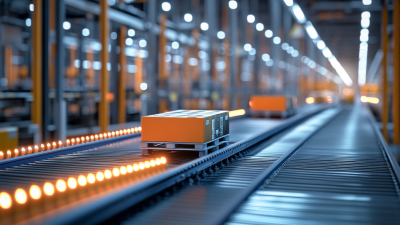
Discovering Quality Suppliers for Best Material Handling Systems with Proven Strategies
-
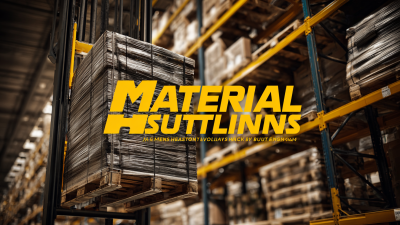
5 Unique Best Material Handling Solutions for Your Business Growth
-
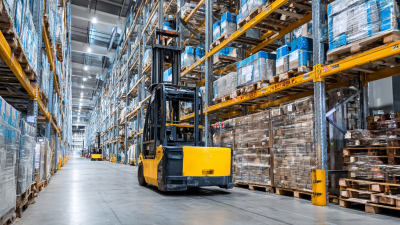
Exploring Diverse Alternatives in Best Material Handling: Unique Features and Applications for Every Product Type
-

Ultimate Guide to Choosing the Best Material Handling Solutions for Your Business Needs
-

Innovative Solutions for Optimizing Material Handling Equipment Efficiency

